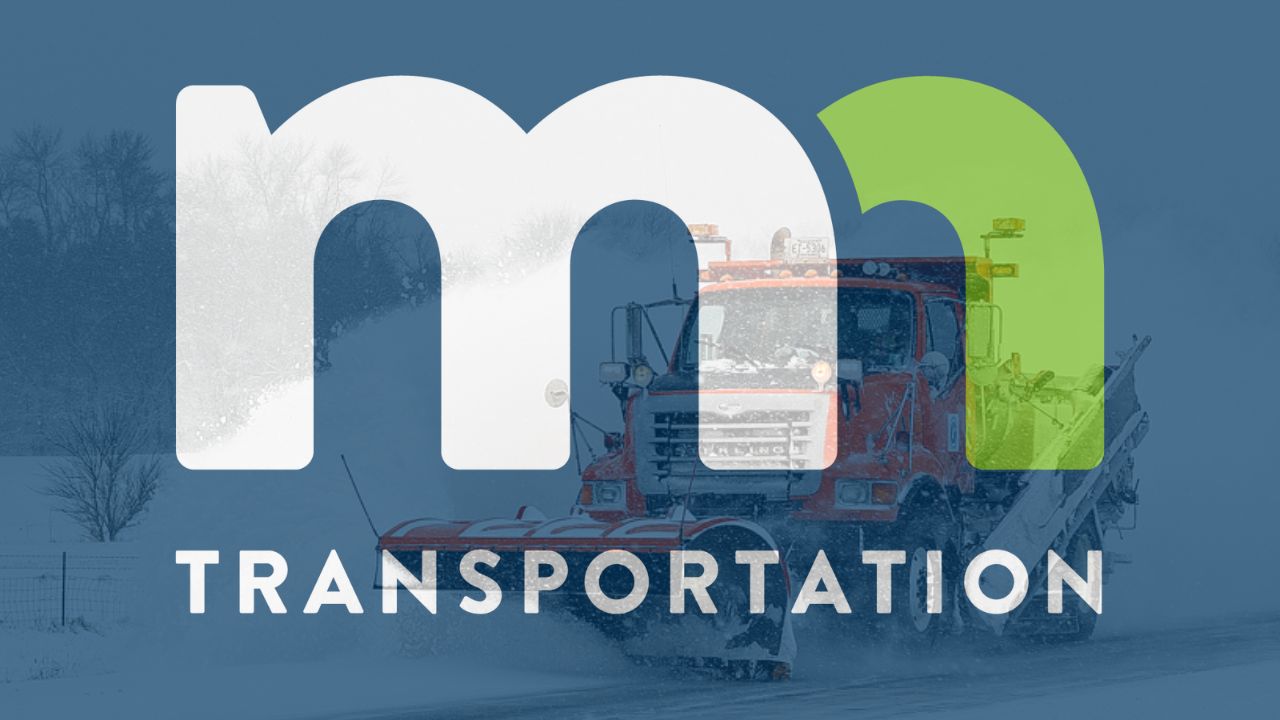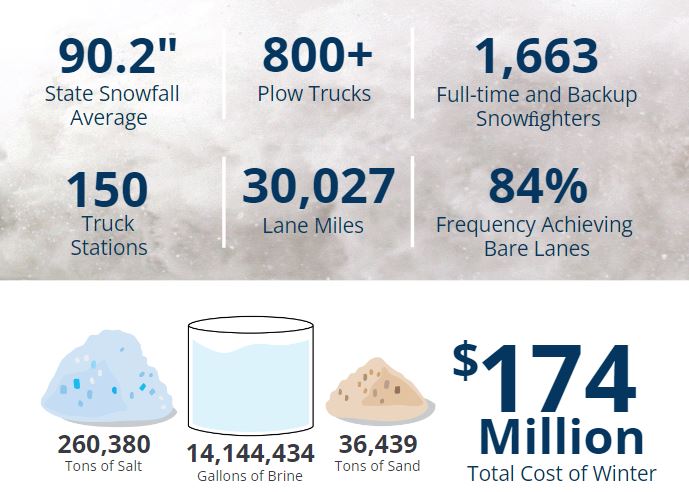MnDOT spent record $174 million to clear highways during 2022-23 winter season

Credit: MnDOT
(ABC 6 News) – The Minnesota Department of Transportation (MnDOT) released its Winter Maintenance Report on Thursday and it highlights that more money was spent on clearing highways last winter than ever before.
The report says MnDOT spent nearly $174 million, the most ever spent for snow and ice operations and nearly 25% higher than the most recent five-year average. MnDOT crews also faced the most severe weather conditions in Minnesota in more than a decade.
“This was an extremely challenging winter season, but our crews worked tirelessly to conquer each storm and keep travelers safe and moving in Minnesota,” said Commissioner Nancy Daubenberger. “MnDOT has more than 1,600 snowplow operators that drive 800+ plows each winter, and we are grateful to Minnesotans for their patience and safe driving during tough winter conditions. Our service and commitment to this state – and keeping your roads safe and clear – will never change.”
The annual report breaks down fiscal year costs, winter severity, materials used and other factors. Statistics are separated by each of MnDOT’s eight transportation districts, showing the variety of impact across the state.
The statewide snowfall average was 90.2 inches and the Winter Severity Index was 164, both numbers are higher than the 2021-22 winter season. MnDOT compares nine factors to determine the Winter Severity Index each year, including temperature, hours of snowfall, blowing snow and type of precipitation.
Combined, MnDOT snowplow drivers worked more 850,000 regular hours and overtime this season – more than 100,000 hours more than our previous winter season. MnDOT also used more liquid materials on Minnesota highways during the winter than ever before, adding up to more than 14 million gallons.

“Liquids are changing the game when it comes to snow and ice operations. By adding liquid to rock salt as we apply it to the road, it activates that salt faster and helps the material stay in the driving lane. That helps us clear roads faster, and we need less materials to achieve those results,” said Jed Falgren, MnDOT state maintenance engineer.
Find the complete report, HERE.